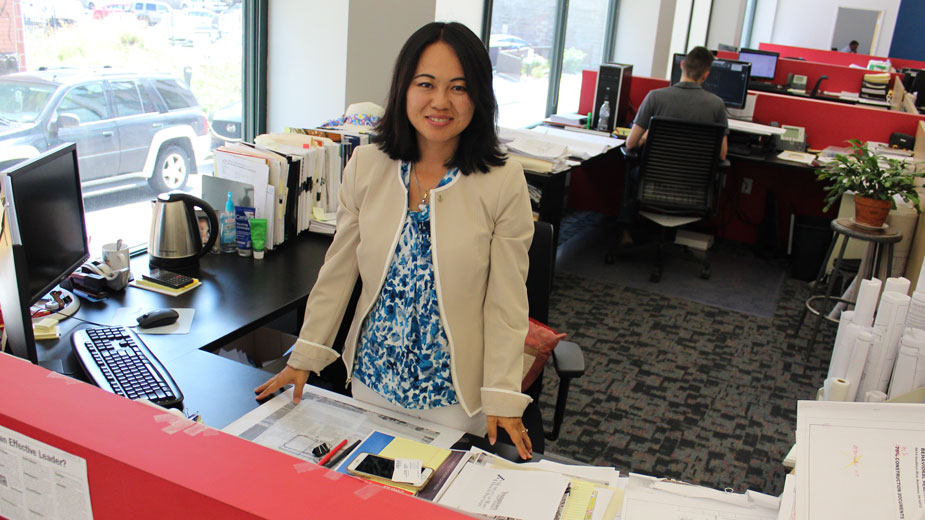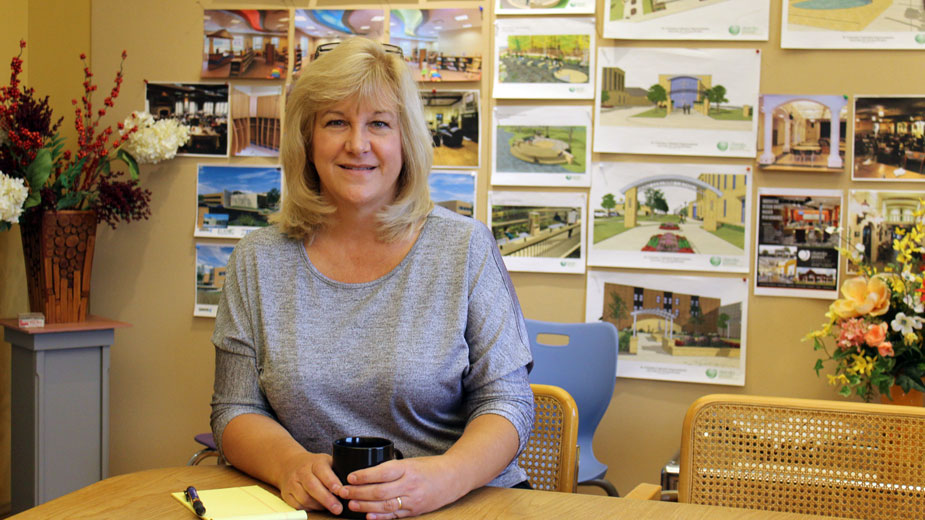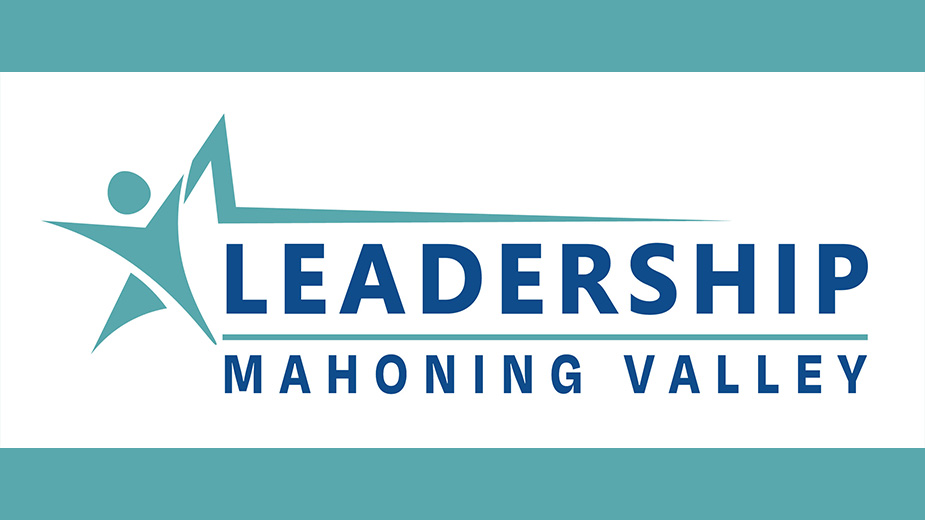Fostering Women in STEM Starts Early
YOUNGSTOWN, Ohio – From an early age, Tracie Kaglic knew she wanted to be an architect. The president of Olsavsky Jaminet recalls her first dive into the profession came in fifth grade, when an art teacher had the class build a model of the house they wanted to live in.
“I built the model, put a lot of time into it and the teacher wrote me a letter praising me for what I had done with the project,” she says.
A few blocks away from Kaglic’s office, at Strollo Architects, project architect Zhen Wang remembers enjoying the individual pieces of architecture, but wasn’t quite sure of how to combine them until her father suggested her current career.
“My dad suggested architecture because it’s a combination of art and engineering. He was a big influence. He didn’t want me to just be an artist, which is fine to do, but I like this more,” she says. “To be an architect you’re doing different things every day. You don’t build two houses exactly the same. … That’s fun. That’s what I like about this.”
And at Youngstown State University, biological science professor Diana Fagan grew up with the influence of her mother, who was a scientist in her own right, drawing her toward research in microbiology and immunology.
“I was working with cells and rats. I saw my mom enjoyed it, and I knew it was something I could do,” she says. “I grew up with a mother who was a scientist, so I grew up assuming I could be a scientist. In talking to other people, I realized other people didn’t have that benefit of a mentor or family member who was a woman doing those jobs.”
Fostering the next generation of women in science, technology, engineering and math is a process that needs to begin early, these three women say.
Fagan organizes the annual Women in STEM Day at the university, which has featured keynote speakers who range from automotive engineer Laurie Moore to cancer researcher Jill Bargonetti. This school year’s event, which brings upward of 140 middle and high school students, will be held March 21.
“They talk about why they love science, what they love about being a scientist and why these girls might want to think about becoming a scientist or engineer,” Fagan says of the speakers. “Last year, we had a cancer scientist [Bargonetti] who is very well respected. But before she was a researcher, she was a ballerina for a national company. That’s the kind of cool thing we want to show.”
While the Women in STEM Day welcomes female high school students, the younger students – the program is open to grades six through 12 – experience more of an impact in terms of choosing a career. By the time they’re ready to graduate from high school, Fagan observes, they’ve often settled on a profession they want to pursue.
“If you get them interested early, they might apply themselves a bit more in that math class they need,” she says. “They can see it as something worth working toward. But if they’ve already had all their math and hated it, it’s kind of too late.”
At Olsavsky Jaminet, Kaglic has taken part in Kent State University Trumbull’s Road Not Taken event, which brings in female students from throughout Trumbull County to explore career paths. She also welcomes students into the offices of the architecture firm for job shadows.
“If they’re unsure of if they want to go into, say, nursing or architecture, take a few hours or however long they feel is necessary to come into the office and spend time here. I’ve taken them to job sites before,” she says. “I’ve had several students come in and some have gone into architecture and others have gone after other interests. To me, it’s only a few hours that can help make a career choice. School costs way too much to go in and then realize it’s not what you think it is.”
Wang, meanwhile, has offered advice to students and worked with the interns from the Kent State University architecture program that Strollo brings in each summer. For the women coming to work for the firm, Wang reflects on her own experiences – including seven years at a firm in Richmond, Va., where she was on a mostly male team who designed sports stadiums.

“Sometimes it could be uncomfortable because you’re the only one, but what I tell myself is that I’m not just a female,” she says. “I’m a professional. I’m an architect. I have a professional opinion and can do these things.”
As she approaches retirement within the next few years, Fagan looks back on her career – first as a medical technologist before moving into biological research and 27 years of teaching at YSU. She recognizes that young women have choices to make when it comes to their careers. And those choices are often influenced by whom they see in certain roles. While her mother worked as a scientist, her father was an engineer.
“There were no women in the office. Everyone wore the black suit, tie and white shirt. It was a very different atmosphere and it wasn’t attractive to me. It’s certainly different now,” she says. “We want to reach girls when they’re young, before they choose what they want to be when they grow up. They can talk to women who work in the fields [that students] don’t see every day and see how excited they are about it and what they do.”
Pictured: Tracie Kaglic, president of Olsavsky Jaminet, started her architecture career by designing a home for a fifth grade art project.
Copyright 2024 The Business Journal, Youngstown, Ohio.



